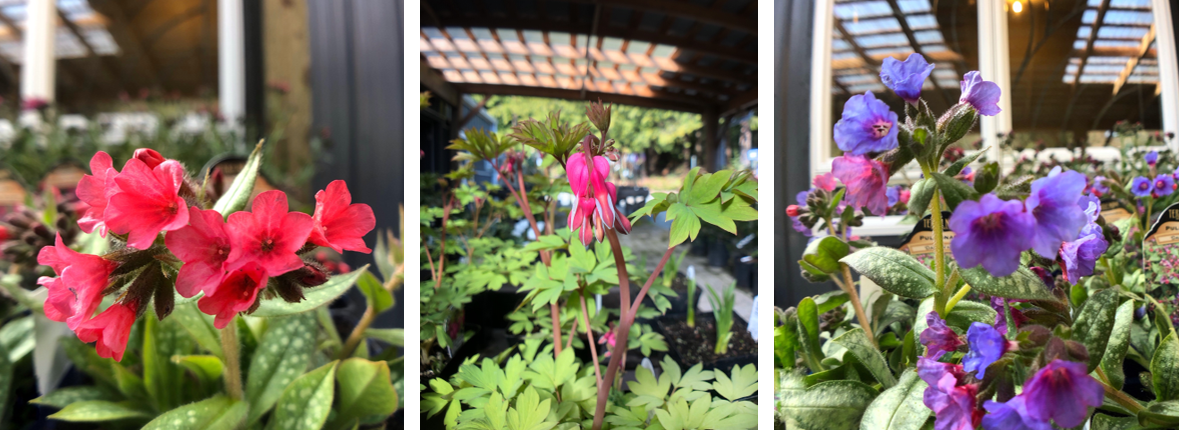Growing Rhododendrons on Whidbey Island

Rhododendrons are ubiquitous in Pacific Northwest gardens—to the point where some would consider them a “boring” addition to the landscape. But the case for planting rhododendrons is strong: These evergreen shrubs are hardy and resistant to diseases and pests, with a long blooming period. They tolerate freezing temperatures better than most other broadleaf plants. They also thrive in part shade and moist and acidic soils, making them perfect candidates for the Pacific Northwest!
Rhodies are one of the most widely hybridized plants in the world, but the original species still exist. “Species Rhodies,” as they’re called, are found growing in nature across the Northern Hemisphere, with a high concentration in the Sino-Himalaya area (think Eastern China).
Although not widely available, these “Species Rhodies” are being cultivated and sold by a few growers in the Pacific Northwest, including Chimacum Woods in Port Ludlow, Washington. That’s where Venture Out Nursery sources their selection of Species Rhodies!
Rhodies arrived in Europe during the height of the Renaissance, during the age of exploration. The first collected Species Rhodies were brought to England in 1656, and the shrubs were soon incorporated into many European gardens. Rhododendrons were able to withstand the collection and delivery process better than other plants, due to their fibrous and relatively shallow root systems.
Optimal Rhododendron Growing Conditions
Sun: Sun and shade tolerance vary among varieties, but in general, rhodies prefer morning sun and afternoon shade.
Soil: Rhodies need acidic, loamy, well-drained, moist soils.
Deer: Rhododendrons are generally deer-resistant, although young plants should be protected from curious fawns.
Pruning: The canopy can be carefully cut back by up to 1/3. The best time for pruning is usually after the blooming period has just ended (summer to fall, depending on the species).
Fertilization: Rhodies will benefit from an all-purpose or slightly acidic fertilizer, like the “Azalea, Rhododendron, & Camellia” fertilizer by G&B, which is now in stock at Venture Out Nursery. Rhodies can be fertilized in the early spring as the shrubs are beginning to bud, to encourage blooms and new growth.
Favorite Species Rhododendrons
Large Leaves
Rhododendron kesangiae: Rose pink flowers fade to pastels. Superb large leaves, and one of the most reliable and hardiest of all rhododendrons. Can grow into a large shrub or a small tree.
Rhododendron fictolacteum: White flowers with deep purple spots on throat. Leaves can grow up to 1 foot long with fuzzy orange undersides. Can grow 5 feet in 10 years.
Rhododendron rex: Glossy, large leathery leaves, pale white flowers with rosy tints, and dark purple spots. Can grow 6 feet in 10 years.
Unusual Flowers or Foliage
Rhododendron orbiculare: Soft pink, bell-shaped flowers. Wide, rounded leaves can resemble lily pads. Compact growth habit.
Rhododendron spinuliferum: Tubular blooms in red, soft orange, and white. Unusual twisting, airy growth habit means this shrub won’t have the tidy, rounded shape of many rhodies. Long, deeply veined leaves add interest. Can grow 8 feet with 10+ years.
Rhododendron wiltonii: Soft pink blooms blotched with darker rose tones. Leaves have prominent veins and cinnamon-colored undersides. Forms a rounded shrub 4‒5 feet high in 10 years.
Fragrant Flowers
Rhododendron auriculatum: A late-bloomer (July‒August) with white flowers that sometimes blush pink and are always deliciously fragrant. Hairy, narrow green leaves. Can grow 6 feet in 10 years.
Rhododendron decorum: Late-blooming white, fragrant blossoms. Can grow 10 feet in 10 years, larger with time.






